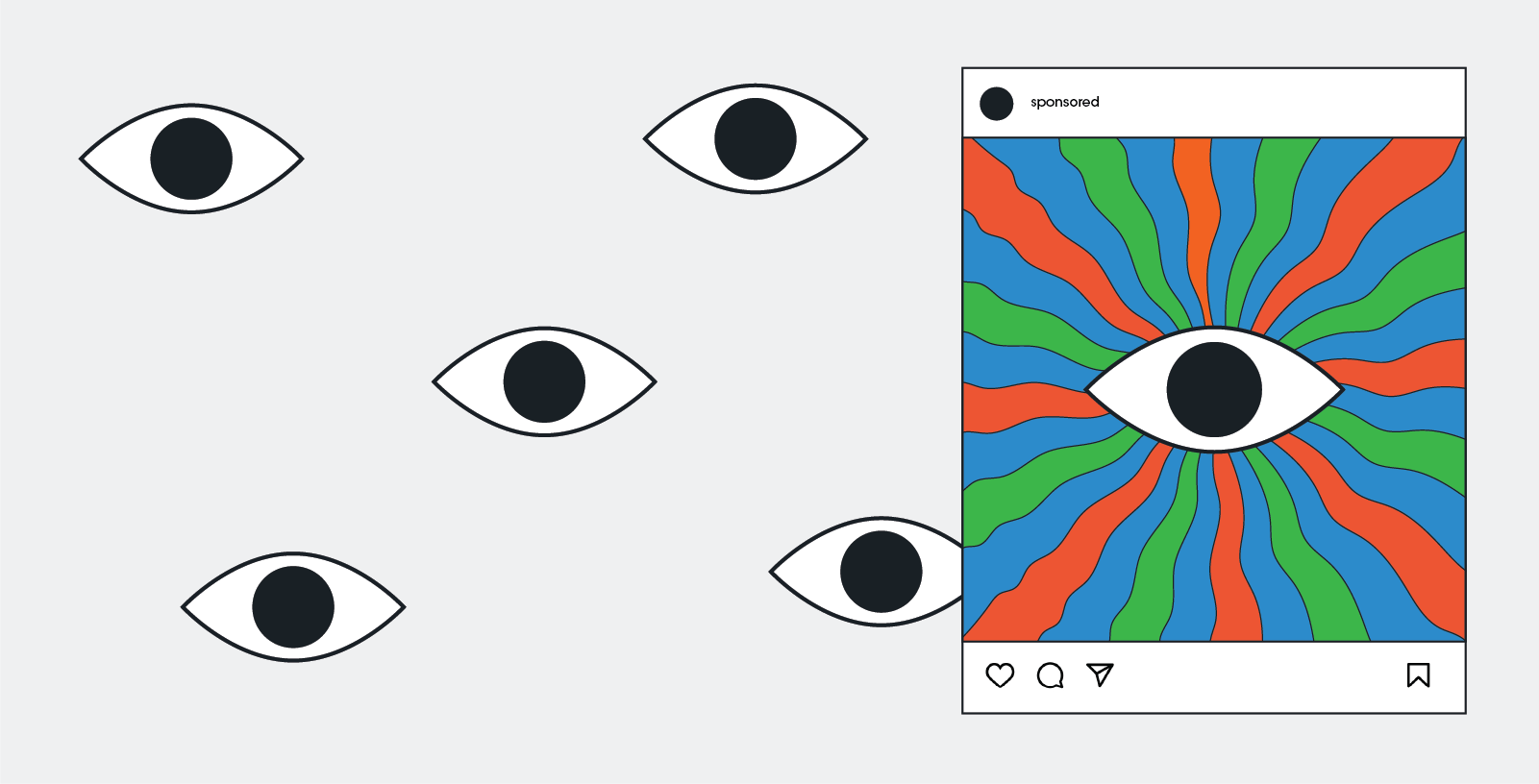Ad frequency is a critical component of any successful advertising campaign. It refers to the number of times an ad is shown to an individual within a given period or purchase cycle. Finding the right ad frequency is often overlooked but is essential to boost brand recognition and engagement.
However, it can be tricky to determine how often you should be running an ad when every resource out there specifies different numbers.
So… what’s a good ad frequency?
There is a reason for the lack of unanimity online regarding the optimal ad frequency. This is because there is no one-size-fits-all approach to determining the optimal frequency for ads. While we at Bloom like to start out by using the general rule of a minimum of 6 ads per 4-week campaign, at the end of the day, it really comes down to the 3 M’s of advertising: Marketing, Message, and Media.
The 3 M’s of advertising
Let’s define what each of the M’s means for your brand and how to use them to determine which frequency is right for your product or service.
Marketing
When it comes to marketing, there are several factors to consider like brand age, market share, and purchase cycle.
If a brand has an established presence in the market for a considerable period of time, the brand has likely gained substantial awareness among consumers. This means the brand can reduce its efforts by running ads less frequently.
Similarly, if a brand is already top-of-mind for consumers, like many household name brands, it can also afford to decrease its ad frequency.
In terms of the purchase cycle, products that are frequently purchased should usually be advertised more than products that are bought less frequently. Take the cosmetics industry as an example. You may have observed that makeup and skincare products are heavily advertised. This is primarily due to intense competition amongst brands in this market and the need to maintain consumer attention. As such, consistent and frequent advertising is deemed necessary to stay ahead of the fierce competition.
Message
The message conveyed through the ad is equally vital in determining ad frequency.
Ads that are unique and have high entertainment value can potentially be run more frequently with less risk of ad fatigue. On the other hand, ads that are repetitive or lack a clear message may lead to ad fatigue more quickly, resulting in a negative impact on the brand if displayed too often.
Media
Campaign duration and the number of channels used are the primary media factors to be considered while determining ad frequency. Running ads for an extended period can lead to ad fatigue and decreased engagement if not switching up the message or visuals at all.
Moreover, running identical ads across multiple channels without modification can also lead to your ad seeming overplayed and consumers losing interest. It’s important to be conscientious of which channels you choose based on where your target audience can be found and to not overwhelm them with your ad on every platform they use.
In summary, while there are general rules of thumb you could follow, determining the right ad frequency for your brand really comes down to the 3 M’s of advertising; marketing, message, and media. Finding the optimal frequency can help brands maximize their ad impact and increase engagement without overwhelming their audience with repetitive messaging.
If you need help with advertising and could use our experts’ advice, contact us, we’d be happy to get you on track.
Read it first:
Get new articles delivered to your inbox
ABOUT THE AUTHOR
Marie-Joëlle Turgeon
Marie-Joelle works at Bloom, a digital marketing agency, as the Director of Marketing. She's passionate about digital marketing tactics (from social media to web design) for B2B businesses looking to grow online.




Share this: